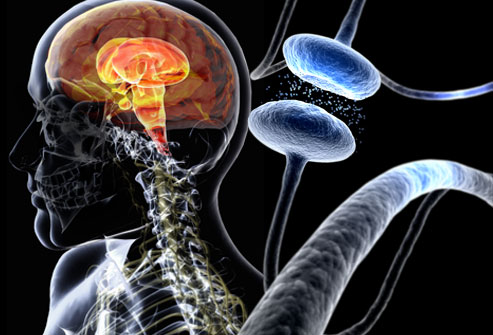The latest figures suggest that across the world there are between 7 to 10 million people who have been diagnosed with having Parkinson’s Disease. This neurodegenerative condition often manifests through symptoms such as slow movements, tremors, and problems with balance.
Currently, the only real diagnostic testing systems in place are pretty uncomfortable for the patients and often involve walking long distances over extended periods of time. A group of like-minded researchers based in Saudi Arabia and Sweden feel this is unacceptable and have proposed a new kind of (less physically demanding) testing as an alternative.
“Apart from gait and balance data, the measurement of computer keystroke time series that contain information of the hold time occurring between pressing and releasing a key has been proposed for detecting early stages of Parkinson’s disease,” explained Tuan D. Pham, professor of biomedical engineering in the Center for Medical Image Science and Visualization at Linkoping University in Sweden, and author of the paper. While the disease itself isn’t fatal, the side effects of it can be. And with so many people being diagnosed with it, the need for early detection methods is essential.
In this new style of testing, subjects are asked to push either one or two buttons down on a device such as a smartphone. They are asked to do this as fast as possible for just a short amount of time. Plotting the results from the study as fuzzy recurrence plots on a grey-scale image of the texture, the researchers were able to see the similarities and differences in those with the early onset of Parkinson’s and those without. “The results obtained from the fuzzy recurrence plots are encouraging for the collection of practical data recorded from participants and their usage for the classification task,” Pham said.
The next move for the team is to use the fuzzy recurrence plots further and adapt the algorithm to better analyze a patient’s disease state. They will also spend some time looking at the gait dynamics of Parkinson’s, Huntingdon’s, and Lou Gehrig’s disease.

